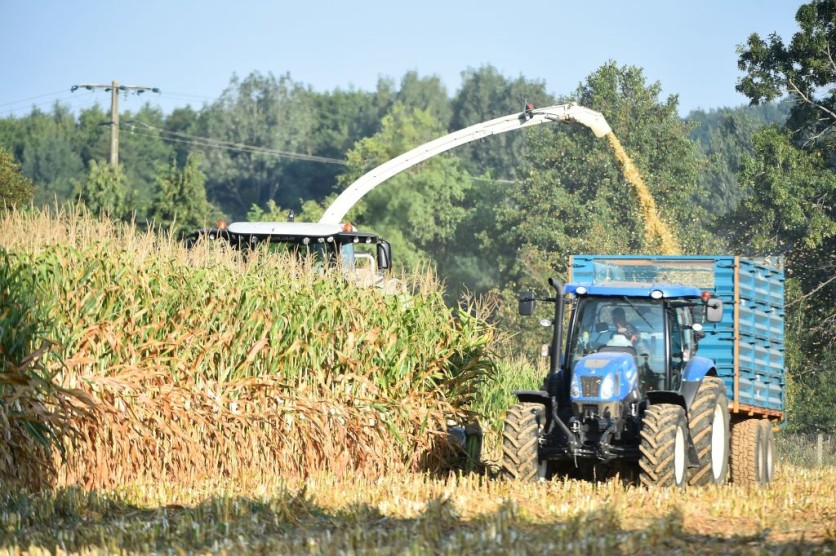Researchers from Iowa State University and North Carolina State University have created a robotic system that can precisely measure the angle of leaves to help breed quality corn plants.
Compared to traditional methods, this technology considerably increases the efficiency of data collecting on leaf angles, giving plant breeders relevant information more quickly, according to the research team.

AngleNet
"The angle of a plant's leaves, relative to its stem, is important because the leaf angle affects how efficient the plant is at performing photosynthesis," Lirong Xiang, first author of the study and an assistant professor of biological and agricultural engineering at NC State, said in a statement.
"For example, in corn, you want leaves at the top that are relatively vertical but leaves further down the stalk that are more horizontal. This allows the plant to harvest more sunlight. Researchers who focus on plant breeding monitor this sort of plant architecture, because it informs their work.
However, Xiang notes that traditional methods for determining leaf angles include manually measuring leaves with a protractor, which is labor- and time-intensive.
Hence, the team created an automated system called AngleNet.
Wheeled Robot
The robotic device utilized by the researchers consists of wheels and is manually steered, with a design narrow enough to navigate between crop rows spaced 30 inches apart.
The robot four tiers of cameras, each placed at a different height to capture various levels of leaves on surrounding plants. With two cameras in each tier, the device can produce a stereoscopic view of the leaves, allowing 3D modeling of the plants.
It is programmed to capture multiple stereoscopic images of every plant as it is steered down a row, at various heights. The collected visual data is then analyzed by a software program that computes the leaf angle for the leaves of each plant at different heights.
Xiang emphasized the significance of not only knowing the leaf angle but also how far the leaves are above the ground, to assess the leaf angle distribution for each row of plants. This information can then be used to identify genetic lines with desirable or undesirable traits, aiding plant breeders.
Testing the Robot's Accuracy
To assess the accuracy of the robotic device, the researchers compared leaf angle measurements obtained by the device in a cornfield to those obtained by hand, utilizing conventional methods.
They found that the angles measured by the robotic device were within a 5-degree margin of error, which is well-accepted for purposes of plant breeding.
Xiang further stated that they have already started working with crop scientists to incorporate the technology, with hopes that more researchers will adopt the technology to expedite plant breeding research and ultimately improve crop yield.
The work was published in the Journal of Field Robotics.
Related Article : New Baseball Pitching Machines Now Helping MLB Pros; What You Must Know About Trajekt Arc and Rapsodo PRO 3.0

ⓒ 2025 TECHTIMES.com All rights reserved. Do not reproduce without permission.




